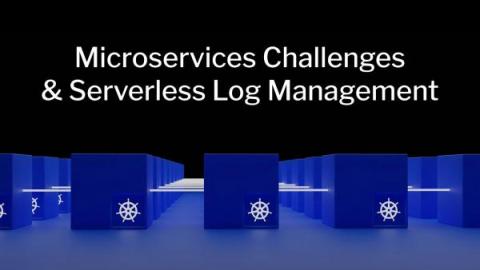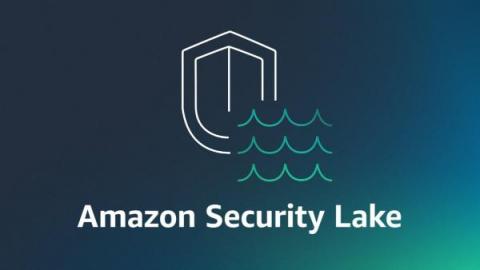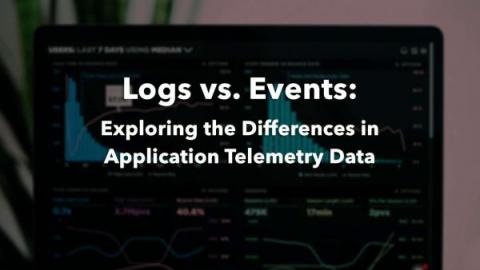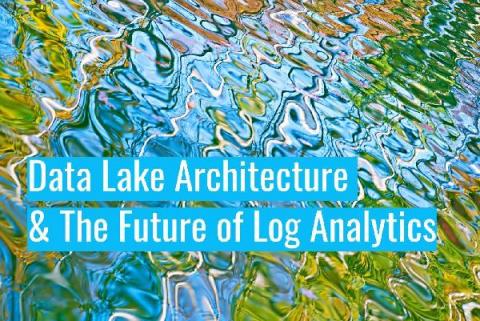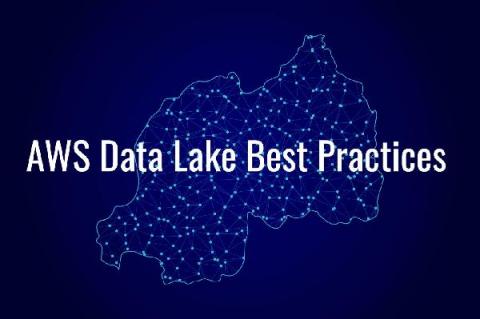Operations | Monitoring | ITSM | DevOps | Cloud
Latest Posts
5 ELK Stack Pros and Cons
Is your organization currently relying on an ELK cluster for log analytics in the cloud? While the ELK stack delivers on its major promises, it isn't the only search and analytics engine - and may not even be your best option for log management. As cloud data volumes grow, ELK monitoring can become too costly and complex to manage. Fast-growing organizations should consider innovative alternatives offering better performance at scale, superior cost economics, reduced complexity and enhanced data access in the cloud.
8 Challenges of Microservices and Serverless Log Management
Understanding Amazon Security Lake: Enhancing Data Security in the Cloud
Six Most Useful Types of Event Data for PLG
Logs vs. Events: Exploring the Differences in Application Telemetry Data
What is the difference between logs and events in observability? These two telemetry data types are used for different purposes when it comes to exploring your applications and how your users interact with them. Simply put, logs can be used for troubleshooting and root cause analysis, while events can be used to gain deeper application insights via product analytics. Let's review some application telemetry data definitions for context, then dive into the key differences between logs and events and their use cases. Knowing more about these telemetry data types can help you more effectively use them in your observability strategy.
Data-Led Growth: How FinTechs Win with App Event Analytics
Data Lake Architecture & The Future of Log Analytics
10 AWS Data Lake Best Practices
What is an Internal Developer Platform (IDP) and Why It Matters
In today's evolving technological landscape, enterprises are under increasing pressure to deliver high-quality software at an accelerated pace. Internal Developer Platforms (IDPs) provide a centralized developer portal that empowers developers with self-service capabilities, standardized development environments, and automation tools to accelerate the software development lifecycle. In this week's blog, we're taking a closer look at internal developer platforms and how implementing IDPs is helping organizations overcome the complexity of modern software development and increase developer efficiency to accelerate the delivery of software products.




